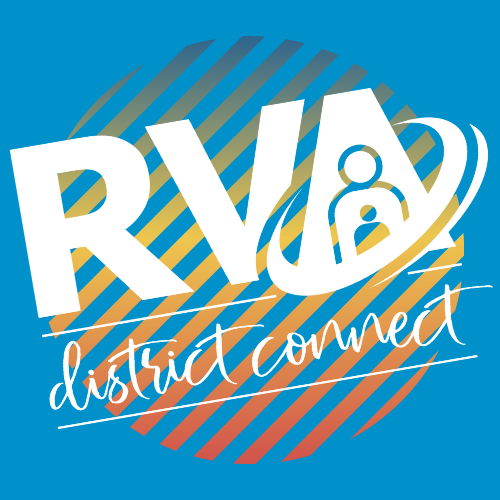Administration Winter 2019 News
Its time to talk about budgets…what can you expect?
As we have crossed into the 3rd quarter of most school district calendars, planning for the next school year is well underway. Budgeting for the next fiscal year is at the foundation of any school district and in the RVA it is no different. However, for our partner districts, it can be a bit of a mystery of how much to plan on spending for RVA expenditures from year-to-year. In order to help simplify matters, I want to break down where the money goes and what historical averages you can expect.
Unlike traditional school districts, the RVA can not typically count on “roll over” as a way to accurately predict the number of student or sections entering any given grade level each year. Over 13 years, the RVA has grown on average of 37% per year. None of us can accurately “crystal ball” the number of students who may enroll in the RVA through open enrollment or from one of our partner districts. We can look at historical averages for assistance, but we must do so with some caution knowing that past performance does not guarantee accurate future outcomes.
Since the addition of a high school 4 years ago, growth in the high school grades has exceeded that in the elementary and middle. Approximately 50% of the revenues generated to operate the RVA come from open enrollment and affiliated memberships which are revenues generated on a per diem basis. Because of the per diem, large swings in revenue can occur when influxes of students enter the school after the start of the school year, or leave early.
The second source of revenue for the school comes from shared membership fees. Every district who partners with the RVA pays a membership fee to have access to the RVA full-time virtual school. Optionally, school districts can also pay a membership fee to gain access to the 1,000+ online course catalog used to serve all students in grades 6-12 within our local middle and high schools. This utilization of online courses in the traditional classroom setting is unique to our partnership. We call this side operations in the RVA “District Connect” and refer to the use of online content in the traditional classroom setting as “blended learning.” All membership fees collected for both full-time virtual and blended access are revenues used to offset the per pupil cost for Invested Members, help cover the costs associated with professional development of teachers using digital content in the classrooms, the ongoing costs with maintaining our learning management systems, and administering those courses.
The third source of revenue comes from the per pupil State allotment paid to partner districts during the annual pupil counts. Although not directly incorporated into the costing formula for the RVA Invested Members, on average districts receive as estimated $10,000 per pupil and those dollars then follow those students enrolled in the RVA to help cover individual costs.
When a district totals up ALL costs paid to the RVA and then divides that amount by the total number of local students enrolled in the RVA full-time, we arrive at a number called the “Grand Per Pupil.” Historically, this “Grand Per Pupil” average for our Invested Members has been $3,817. It is important to remember, however, that this total pays for more than just the full-time virtual school students. It also includes all of the costs associated with the use of online courses, teacher development, LMS, Wisconsin eSchool Network access, and registration costs for students accessing digital learning tools in your local traditional classrooms. When compared against the amount of State aid provided to support each student in our districts, we feel the RVA brings large fiscal value to all partner districts as well as enormous academic value by providing flexible learning solutions for all students and families in your districts.
Some districts have also participated in sharing teaching staff and have taken advantage of opening “learning centers” in their districts. Both of these opportunities come with credits reducing individual district costs even further!
So, as we head into fiscal year 2019-2020, consider your local “grand per pupil” average and base your estimates on what you have paid historically knowing that the average across all Invested Members hovers around $4,000 per full-time pupil enrolled. Be sure to plan your budgets conservatively knowing that spikes can and do occur. Past performance does not always accurately predict future outcomes. That said, the highest amount ever paid was in the mid $5,000 per pupil amount the lowest was sub $1,300.
Other considerations to make would be looking at your local expenditures to online course and program vendors you still may have on your books and consider ending those contracts to take advantage of sharing the contracts RVA already has in place. Examples would include licenses you may hold from companies like Odysseyware, Nessy, Florida Virtual, Wisconsin Virtual School, and more. We encourage districts who partner with RVA to avoid paying double for access to the same programs we can provide (often at a lower cost to you).
As always, never hesitate in giving me a call with questions. We thank you for your continued partnership and look forward to seeing you soon during our visits to all partner districts this year.
Charlie Heckel
RVA Administrator

